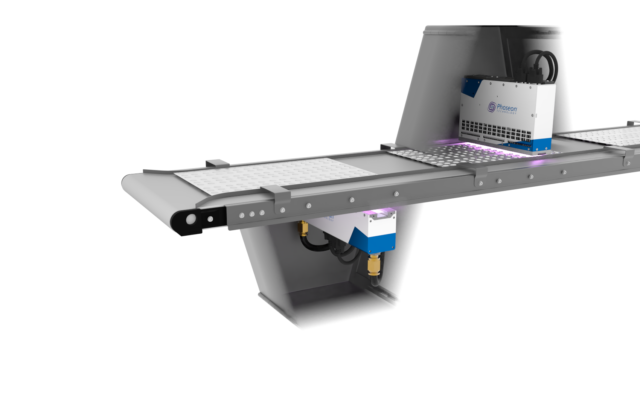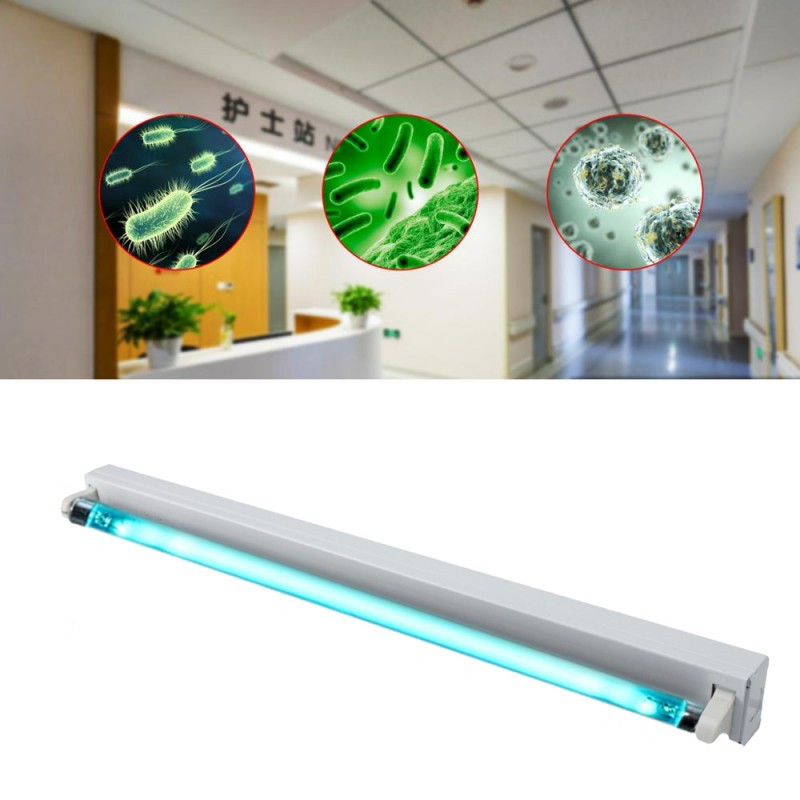Much UVC Light: A Game-Changer in the Fight Against Airborne Pathogens
In the ever-evolving battle against airborne virus, the appearance of much UVC light has actually sparked considerable passion and capacity. This ingenious innovation, taking advantage of a certain variety of ultraviolet light, holds the assurance of changing just how we fight the spread of damaging microbes in different atmospheres. Its special buildings and potential applications have actually garnered interest from scientists, researchers, and public wellness specialists alike. What exactly is much UVC light, and how does it work? In this conversation, we will certainly look into the scientific research behind this game-changing modern technology, explore its benefits, and analyze its future implications in the continuous fight versus air-borne microorganisms.
The Science Behind Far UVC Light
The scientific concepts underlying using Far UVC light as a possible solution for combating airborne pathogens are both encouraging and complex. Much UVC light refers to a specific variety of ultraviolet (UV) light wavelengths, generally between 207 and 222 nanometers, which have actually been located to efficiently kill or inactivate microorganisms such as viruses and bacteria. Unlike traditional UVC light, which has a much shorter wavelength and is known for its germicidal buildings however can also hurt human skin and eyes, Far UVC light has actually been shown to be secure for human direct exposure.
The essential device behind the performance of Far UVC light lies in its ability to penetrate and destroy the genetic product of bacteria, including their DNA and RNA. When exposed to Far UVC light, the hereditary product undergoes a process called photodimerization, where adjacent bases in the DNA or RNA particle bind with each other, avoiding duplication and providing the bacterium not able to create or replicate infection.

How Far UVC Light Functions
Much UVC light operates by making use of particular ultraviolet wavelengths to successfully counteract microbes and prevent their replication, making it an encouraging service for combating airborne microorganisms. Unlike conventional UVC light, which is dangerous to human skin and eyes, far UVC light has much shorter wavelengths, typically in the variety of 207 to 222 nanometers (nm), that do not pass through the external layer of the skin or the tear layer of the eye. This makes it secure for continuous human direct exposure, while still being lethal to viruses and germs.
The performance of far UVC light depend on its capacity to penetrate and ruin the DNA and RNA of bacteria. When revealed to much UVC light, the genetic material of these pathogens is harmed, making them not able to duplicate and contaminate cells. Furthermore, studies have revealed that far UVC light can efficiently suspend air-borne infections, such as influenza, measles, and coronaviruses, consisting of SARS-CoV-2, the virus in charge of COVID-19.
Furthermore, much UVC light is additionally with the ability of disinfecting surface areas and objects in an enclosed room. By mounting far UVC light fixtures or making use of portable much UVC light tools, it is possible to constantly sanitize the air and surface areas, reducing the danger of airborne transmission of pathogens.
Benefits of Far UVC Light
Utilizing far UVC light deals a series of significant advantages in combating airborne pathogens and making certain a safer setting for continual human exposure. Among the essential benefits of much UVC light is its ability to successfully reduce the effects of different kinds of hazardous microorganisms, infections, and fungis without creating injury to humans. Unlike conventional UV light, which can be dangerous to human skin and eyes, far UVC light has a much shorter wavelength that permits it to target and ruin pathogens while presenting very little danger to human health and wellness.

Additionally, much UVC light is much more secure for the setting contrasted to typical sanitation approaches. Chemical anti-bacterials often consist of dangerous components that can have negative effect on the setting. Much UVC light, on the other hand, does not create any unsafe by-products or deposits, making it a more green and sustainable solution.
Applications of Far UVC Light
One of the crucial uses for much UVC light remains in the field of air filtration and sanitation. Much UVC light has actually shown to be effective in eliminating airborne virus such as infections, germs, and fungis. This modern technology works by producing a certain wavelength of light that is qualified of penetrating the external layers of bacteria and damaging their DNA, rendering them incapable and non-active to duplicate. Unlike traditional UV light, much UVC light is risk-free for human exposure, making it suitable for continuous usage in public areas such as colleges, medical facilities, and offices.
Another application of far UVC light is in the medical care sector. It can be made use of to disinfect hospital spaces, operating movie theaters, and clinical tools, lowering the danger of healthcare-associated infections. Furthermore, far UVC light can be included into a/c systems to purify the air flowing in buildings, providing an added layer of defense versus airborne pathogens.
Furthermore, much UVC light can be made use of in the food market to stop foodborne illnesses. It can be used to decontaminate food handling facilities, eliminating bacteria and look here various other bacteria that may contaminate food.
Future Ramifications of Far UVC Light
The potential future applications of much UVC light are substantial and hold pledge for numerous markets and sectors. Hospitals and clinics could utilize much UVC light to sanitize person areas, operating cinemas, and waiting locations, lowering the danger of healthcare-associated infections.
Additionally, using far UVC light in public rooms such as flight terminals, train stations, and mall might assist manage the spread of airborne Continued microorganisms. By continually sanitizing these locations, the threat of transmission could be substantially reduced, providing a more secure atmosphere for individuals.
An additional prospective application of much UVC light remains in the food market. Far UVC light might be made use of to decontaminate food prep work surfaces, packaging products, and storage space areas. This might aid stop the contamination of food and lower the event of foodborne health problems.
In addition, much UVC light might be utilized in HVAC systems to disinfect the air distributing in structures. This could be particularly valuable in congested spaces such as workplaces, schools, and movie theaters, where the risk of airborne transmission is greater.
Verdict
In conclusion, far UVC light has actually arised as a game-changer in the fight versus airborne pathogens. From public areas to healthcare settings, much UVC light deals many advantages in decreasing the transmission of illness.
Far UVC light refers to a details variety of ultraviolet (UV) light wavelengths, usually between 207 and 222 nanometers, which have been located to effectively kill or suspend microorganisms such as viruses and microorganisms. far-uvc. Unlike conventional UVC light, which has a shorter wavelength and is recognized for its germicidal buildings yet can likewise hurt human skin and eyes, Far useful reference UVC light has actually been revealed to be risk-free for human direct exposure
Unlike standard UVC light, which is unsafe to human skin and eyes, far UVC light has shorter wavelengths, commonly in the variety of 207 to 222 nanometers (nm), that do not penetrate the outer layer of the skin or the tear layer of the eye. Unlike traditional UV light, which can be hazardous to human skin and eyes, far UVC light has a much shorter wavelength that enables it to target and destroy microorganisms while posturing marginal danger to human wellness.
Unlike traditional UV light, much UVC light is safe for human direct exposure, making it appropriate for continuous usage in public spaces such as offices, healthcare facilities, and colleges.